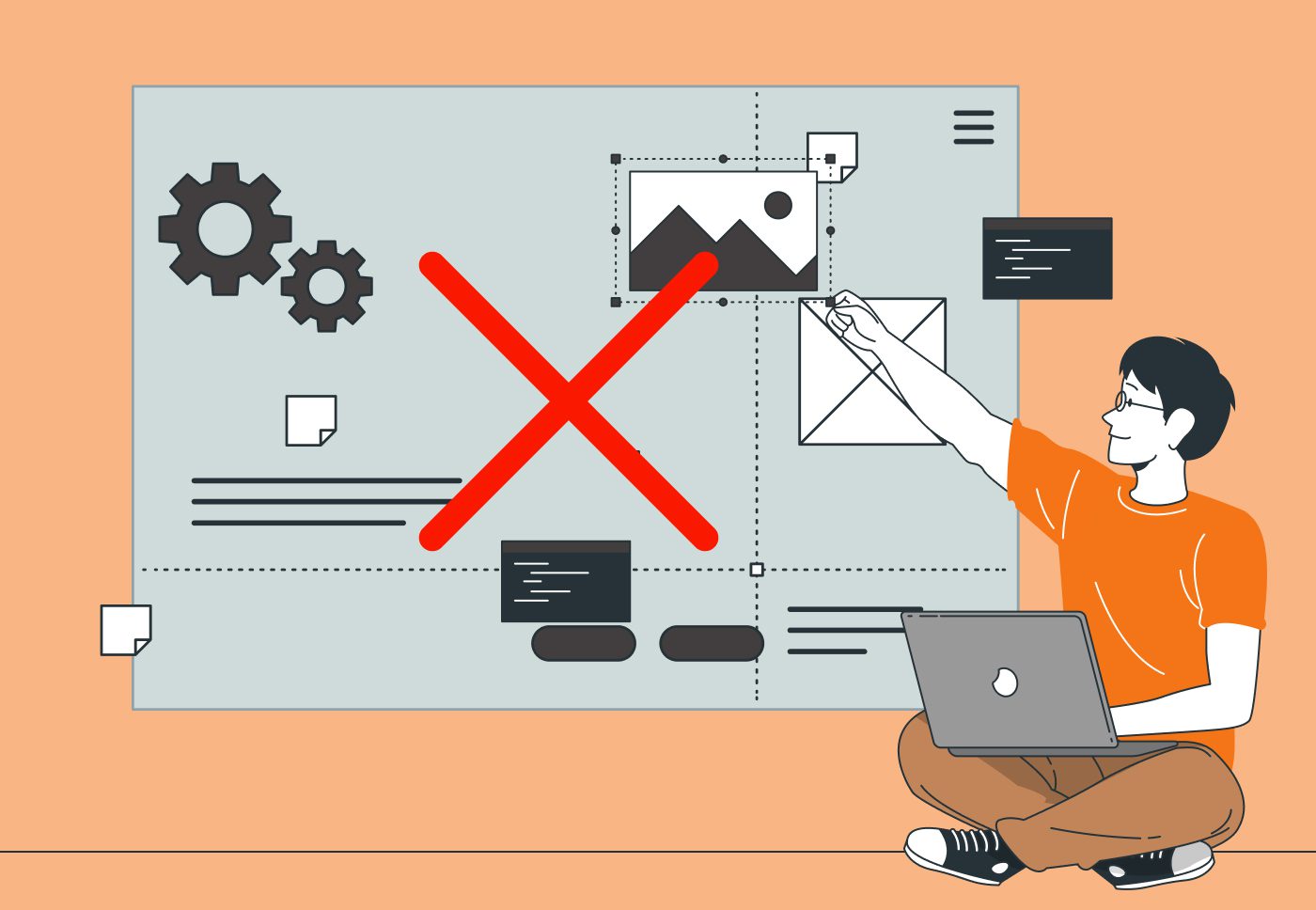Have you ever wondered how the visually impaired do simple tasks in our digital-first world?
Chances are that unless you are one or know one, you may not know how a blind person uses, let’s say, a smartphone. However, many blind people who do use touch-screen phones have a screen reader. This tool allows people with vision impairments to use a mix of gestures and taps, AI, vibrations, or audio feedback to aid them in interacting with apps.
Inclusivity: Good for business, Good for you
69% of brands that showed representative ads saw their stocks gain sizeably. A UK survey within the tech sector found that about 60% of employees want a more diverse and inclusive work environment.
Xbox was one of the first mainstream product companies to develop an adaptive controller for kids with disabilities, and it was a success with 30 million gamers. Skype Translator harnessed the power of speech recognition and machine translation to make communication for the audio impaired who didn’t want to rely on interpreters. Finally, Facebook took a stand in gender preferences by including over 58 gender options for users to fill in their profiles.
Culture of Empathy
When tech becomes inclusive, the disadvantaged can communicate and be independent. It is beyond productivity. Several hardware and software tools or assistive technology – like screen readers – help people with tasks that most of us take for granted. It circles back to the conversation on empathy.
May it be reading, writing, communicating, or searching online. Tech poses a whole new range of hurdles for those with disabilities. As a brand, you will see things from their perspective when you empathize with your customers.
Design for Inclusivity
A well-designed website or app gives the user an inherently simple interface. It becomes innately intuitive. When a website or app gets designed for accessibility, it will be adaptive across screens and media. However, a poorly designed website or application will also be confusing, inviting a high bounce rate.
While empathy is essential for the designers or people in tech, it doesn’t fully solve the two problems tech faces to be inclusive.
- The gap in tech people with disabilities, designing for people with different abilities. Instead of creating a platform or an app based on our own biases, we need to include people with various perspectives in your team.
- The design process by itself is not very accessible to many. Few tools in the user interface designer toolbox can call themselves accessible. It’s a catch-22 situation.
Humanity-centered design
Constraints can be liberating. You chose to solve complexities when you designed for those with limited abilities. And that works beautifully to benefit people universally.
But what are the technologies that are humanity-centered?
AI Voice recognition will come right on top, along with word prediction, text-to-speech for editing, and mind mapping. Among the established tech companies, Apple, Google, and Microsoft are at the forefront of bringing these techs to the masses. Google Maps, for instance, has improved accessibility over time by syncing audio, visual, and contextual clues. iPhone’s suite also hosts a few accessibility features, including its touch recommendation, transcription for intercom messages, and so on.
For your brand, accessibility could start even with a simple captioning in PowerPoint and automatically suggesting alt text for images. It goes beyond the usual and shows a commitment to inclusive thinking.
Tec(h)tonic Shift Towards More Inclusivity
Why are many companies thinking about including inclusive tech now? Or what would happen if your business doesn’t start thinking about accessibility and inclusivity?
One word; compliance.
The US and Canada have mandated businesses to incorporate WCAG (Web Content Accessibility Guidelines) 2.0 in websites and apps as a standard practice. In the UK, if a website doesn’t meet the minimum criteria for accessibility and inclusion, it won’t be allowed to be publicly listed.
Failure to comply could also invite lawsuits. Many brands, from Target to fast-food company Domino’s, faced lawsuits regarding accessibility which could run into millions of dollars. Not being empathetic could cost you big bucks.
It’s 2022, and inclusivity should be more than a feel-good PR term. And in this very binary tech world, inclusivity adds that human touch that speaks volumes on how much you care for your customers.
And this, my friend, is a winning strategy for your brand.





Share